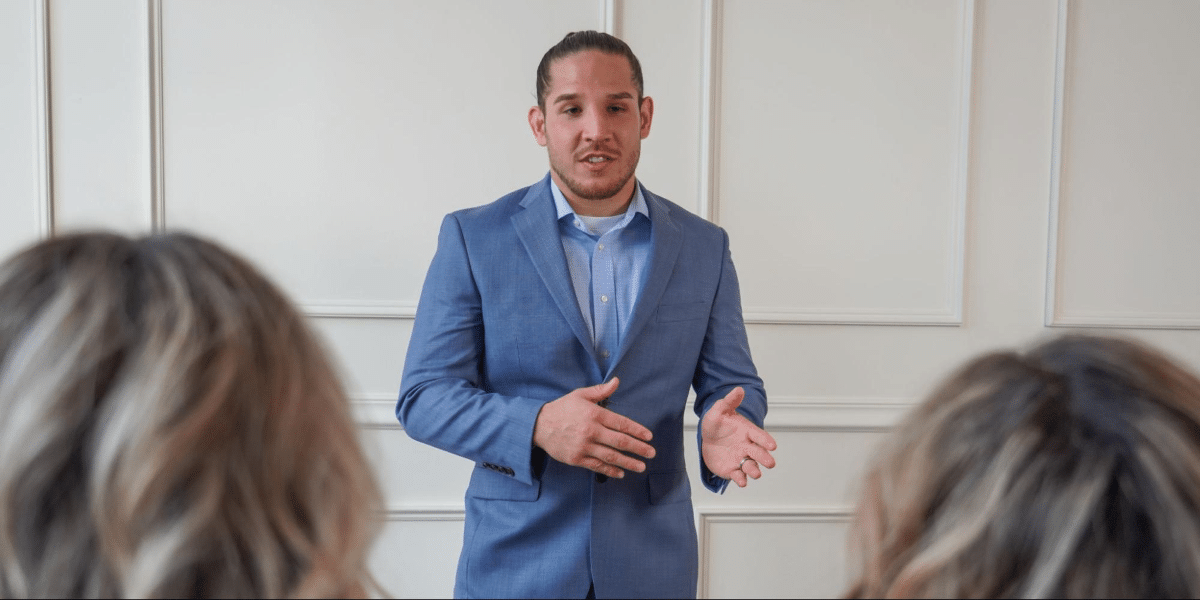By: Seraphina Quinn
Burnout has become a widespread issue in today’s relentless pace, impacting professionals across diverse industries. It manifests as chronic physical and emotional exhaustion, severely hindering one’s capacity to perform at their best. James Gamet, a seasoned performance neuroscience coach, has dedicated his career to helping individuals break free from this debilitating cycle. Gamet’s innovative, research-driven strategies offer practical solutions for sustainable success that prioritize well-being.
Understanding Burnout
Burnout goes beyond mere fatigue; it’s a profound emotional and physical depletion triggered by prolonged, unrelenting stress. It often leads to diminished productivity, heightened absenteeism, and a significant drop in job satisfaction. Gamet addresses burnout by delving into its root causes and applying targeted, science-backed interventions.
Evidence-Based Strategies for Recovery
James Gamet’s strategies are rooted in cutting-edge neuroscience and psychology research. By integrating principles from these fields, he helps clients develop sustainable practices to combat burnout. Here’s a look at some of the key strategies he employs:
- Prioritizing Mental and Physical Health
Gamet underscores the critical balance between mental and physical health, advocating for routines that holistically support both. Techniques such as mindfulness, regular exercise, and proper nutrition are integral to his approach. For instance, mindfulness practices help clients manage stress and increase self-awareness, while physical activity boosts mood and energy levels. - Setting Realistic Goals
Establishing realistic, achievable goals is key to preventing burnout. Gamet guides clients in defining manageable objectives that align with their long-term aspirations. This approach not only helps in maintaining motivation but also reduces the risk of overwhelming oneself with unattainable targets. The focus is on small, incremental progress rather than striving for perfection. - Building Resilience Through Routine
A well-structured routine is pivotal in fostering stability and building resilience. Gamet encourages clients to establish consistent daily habits that promote productivity and well-being. This might include structured work hours, regular breaks, and time dedicated to personal interests and relaxation. By fostering a balanced routine, clients can better handle stress and avoid burnout. - Leveraging Neuroplasticity
Gamet’s approach centers on neuroplasticity—the brain’s remarkable capacity to rewire itself through forming new neural connections. By applying neuroplasticity principles, clients can develop healthier stress responses and coping mechanisms. Techniques such as visualization and cognitive restructuring are used to facilitate these changes, leading to improved mental resilience. - Incorporating Feedback and Adaptation
Continuous optimization is a cornerstone of Gamet’s approach. He works closely with clients to gather feedback on their experiences and make necessary adjustments to their routines and strategies. This adaptive approach ensures that the methods remain effective and relevant to the client’s evolving needs.
The Role of Personal Experience
Gamet’s transformative personal journey deeply informs his coaching philosophy. Having transitioned from a demanding military career and faced the challenges of rebuilding his life, he understands the intricacies of overcoming burnout firsthand. His experiences in martial arts and learning from esteemed mentors have shaped his empathetic and practical approach to coaching.
Conclusion
James Gamet’s expertise in helping individuals break free from the burnout cycle is grounded in a blend of scientific research and personal experience. His strategies prioritize sustainable success by integrating balanced mental and physical health practices, realistic goal-setting, and harnessing the brain’s adaptability. By applying these methods, individuals can achieve long-term success while maintaining their well-being.
Published by: Holy Minoza


















